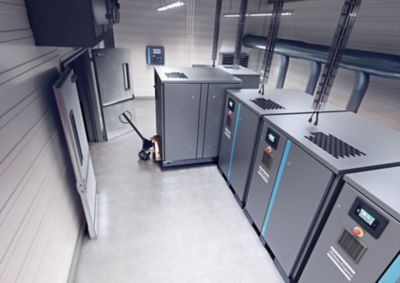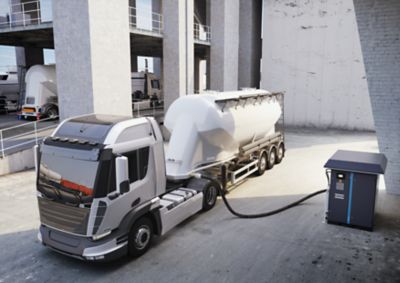Why is nitrogen used for 3D printing?
Certain new 3D printing machines need a supply of nitrogen for their innovative printing process. This method of 3D printing improves the structural integrity of the printing materials and reduces waste.
If oxygen is allowed to enter the 3D printing process it can lead to oxidation and discolouration, which will have a detrimental effect on your final product.
The nitrogen displaces the oxygen, which helps avoid undesirable chemical reactions and thermal deformations. Some of the dust that is created by metal 3D printing is combustible. Removing most of the oxygen also ensures a safe manufacturing environment.
Benefits of using nitrogen generators for 3D printing
Save money on raw materials
3D printing with products such as nylon powder can be expensive, sometimes upwards of £600 per kg. When using nitrogen in the printing chamber, you are able to maintain an inert environment and reduce the rate of oxygen when nitrogen is added in the blanketing phase.
This prevents oxidisation of the powder, meaning the excess unsintered powder can be blown off and recycled as it hasn’t been exposed to the atmosphere (where it would be spoilt by oxygen).
Printing in an inert gas atmosphere allows users to recycle powder with a refresh rate of 30%, compared to 50% when printing in an uncontrolled environment (depending on the model of the printer). Less wastage of raw materials saves costs for the business, as well as reduces plastic waste.
Improved quality of final products
The innovative method of 3D printing using nitrogen improves the structural integrity of the end products. Better quality products can be produced at a lower production cost, making 3D printing accessible to more businesses.
Industries that can benefit from using nitrogen in the 3D printing process
- Medical Industry: Implants and prosthetics, anatomical models to help surgeons prepare for complex procedures, and the construction of medical equipment such as forceps, clamps, and retractors.
- Aerospace Industry: Aerospace manufacturers utilise 3D printers to produce parts and components with extremely high accuracy as component precision is a key consideration in aircraft design.
- Mechanical Engineering: 3D printing in metal makes it possible to create objects with a complicated shape that is “impossible” to make, or too expensive to produce using other manufacturing technologies.
Which nitrogen generators are used with 3D printers?
These generators use membrane technology to produce the required 99.9% nitrogen purity for this application. They have lower running costs than rival products, require little manitenance and have a compact footprint.
View our range of NGM nitrogen generators




